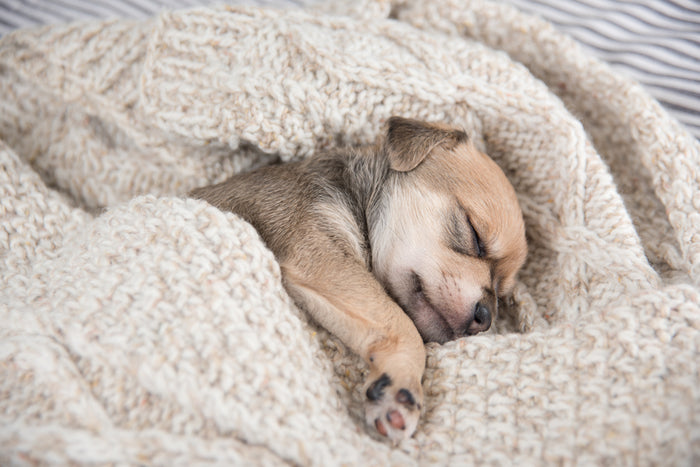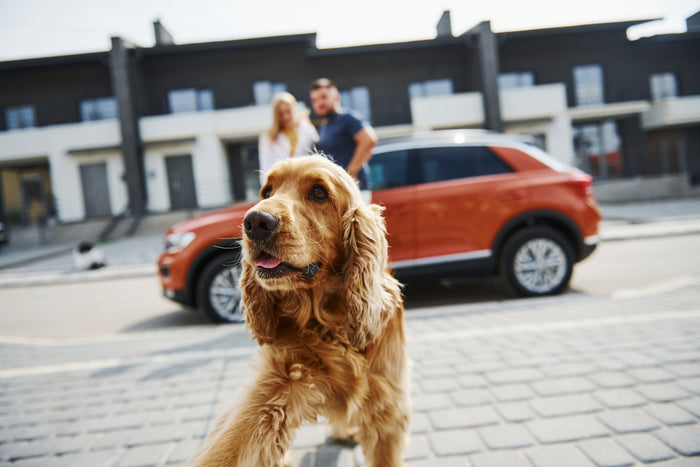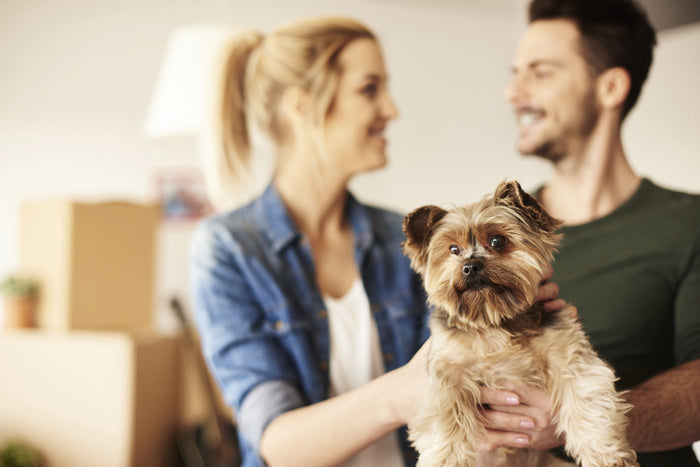How To Create Good Habits in Your New Puppy

So you’ve bought or adopted a new puppy. You’re extremely happy and ready to bond with your new fur-child, but you need to teach them a few things in order to make the process easier. Cleaning up accidents, finding chewed-up clothes, and barking at neighbors can make you wonder if getting a puppy was a smart idea, but with proper training and inclusion of good habits, you can minimize the stress that can come with getting a new puppy. We’ve laid out some tips and tricks for you in this post!
First things first
There are several good habits to train your puppy to have and it’s important that you start that training immediately. Puppies require constant practice to get used to methods, so the earlier you start, the easier and better they will grow accustomed to them. It’s harder to train a puppy the older they get because they quickly establish a routine that you set for them.
First and foremost, training a puppy to have good habits takes a lot of patience on your part, so make sure you are fully committed to handle the stress before getting a new puppy.
House Training
House training is probably going to be the first habit you teach your dog. Let’s face it, your puppy is going to have a few accidents in the house at first since they are getting used to the new location, so it’s your job to teach them where to properly go. Just like babies, puppies use the bathroom on a schedule. If you want to avoid the annoying task of cleaning up after them, it’s important that you initiate this schedule immediately by working it into their routine.
When your puppy uses the bathroom in the house, quickly correct them by scolding them (not too harsh, though) and then taking them outside, even if they just used the bathroom. When you are taking them out on their schedule and they use the bathroom in the yard, reward them for it with a treat and a sweet voice saying, “Good job!” This repetition will help them to quickly catch on about where they need to go to use the bathroom.
Socializing
Right after house training, socializing is probably next on your priority list of good habits to teach your puppy. No one wants to have a puppy that scares other people from aggressive barking, and this is one of the habits that will be harder to break your puppy out of with the older they get. If you don’t spend time socializing your furbaby while they’re young, they can develop anxiety that results in barking and aggression once they’re older since they’re not used to other animals or humans.
You should socialize your puppy as often as you can when you first get them. A great way to socialize your puppy is to bring them to a relatives house or a friends house that has a calm, gentle puppy or dog so yours can become acquainted with other animals and humans. When you take your puppy out of your house regularly, they become used to other people and situations instead of being confined to their routine. If you live in an area where you can take your puppy out for a stroll, do it! This will help break them into new friends instantly.
Chewing & Biting
Be prepared to maybe have to replace a new rug, or items in your closet when you first bring a new puppy home. Unfortunately, this is a hard habit that puppies will need to learn to break out of. Puppies are curious little things. They are still getting used to their new surroundings and learning what they can and can’t do, so until they know what toys they can play with. Everything is fair game.
Some breeds of puppies will have a harder time with this than others, but you should always keep a watchful eye out for your valuables. Puppies can also have a habit of chewing electrical cords, so in order to keep them safe, you need to nip it in the bud really quickly by investing in chew spray (which sprays a taste on items your puppy will not like) or scolding them when they chew something that isn’t yours.
Correcting your puppy
If your puppy chews something in the house or needs to be scolded, there’s a proper way to do it. 1) You should never crate-punish a puppy because that will send the message that their crate is not a safe place. The right way to scold a puppy is by repeating terms like “Drop” in a harsh tone when they’re chewing something they shouldn’t, or by redirection, turning their attention to other things.
You should never yell or beat a puppy because this could make them uncomfortable and scared while they’re learning proper behavior. Remember, it’s key to have patience with your new puppy while they navigate their new surroundings.




